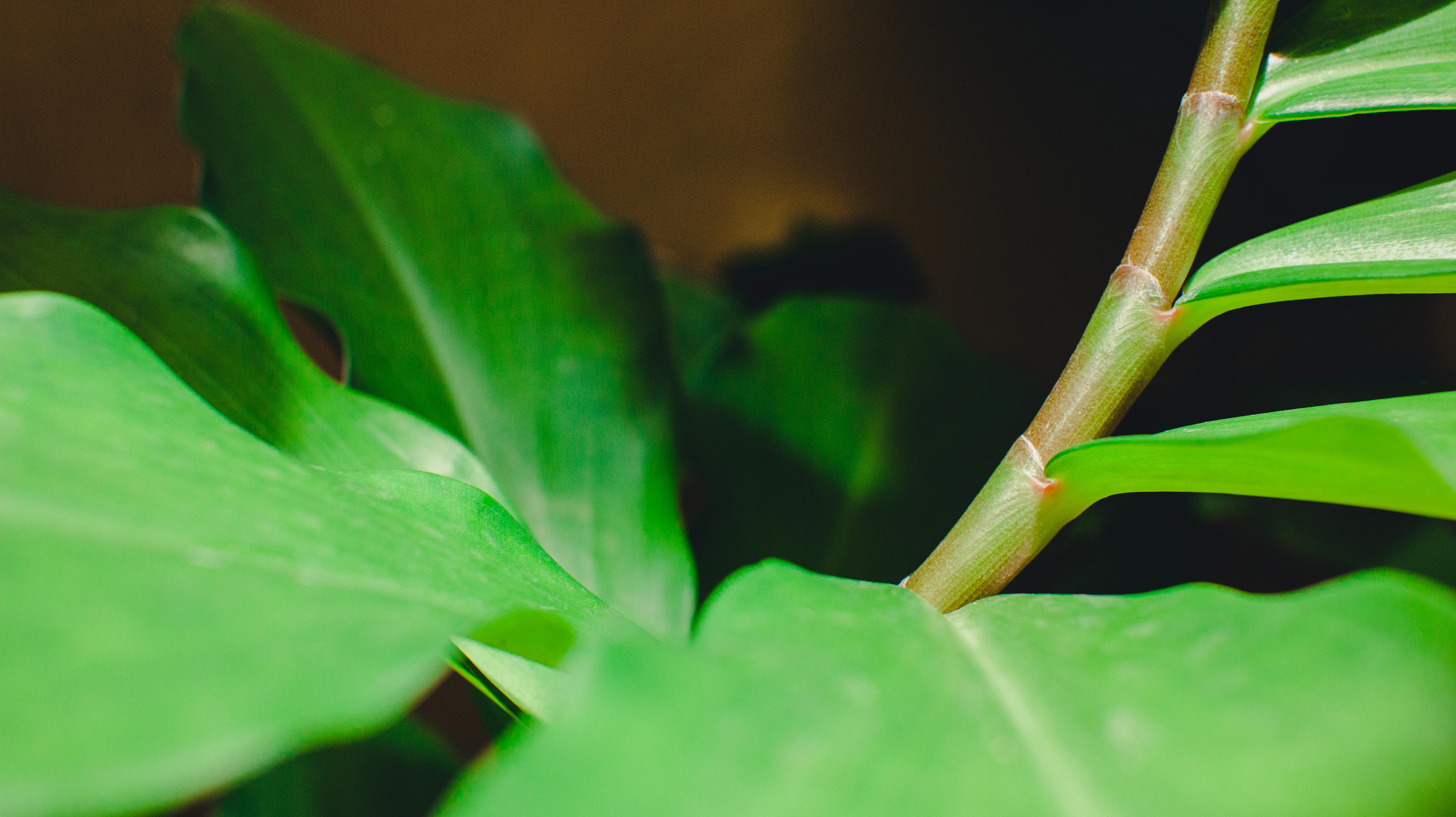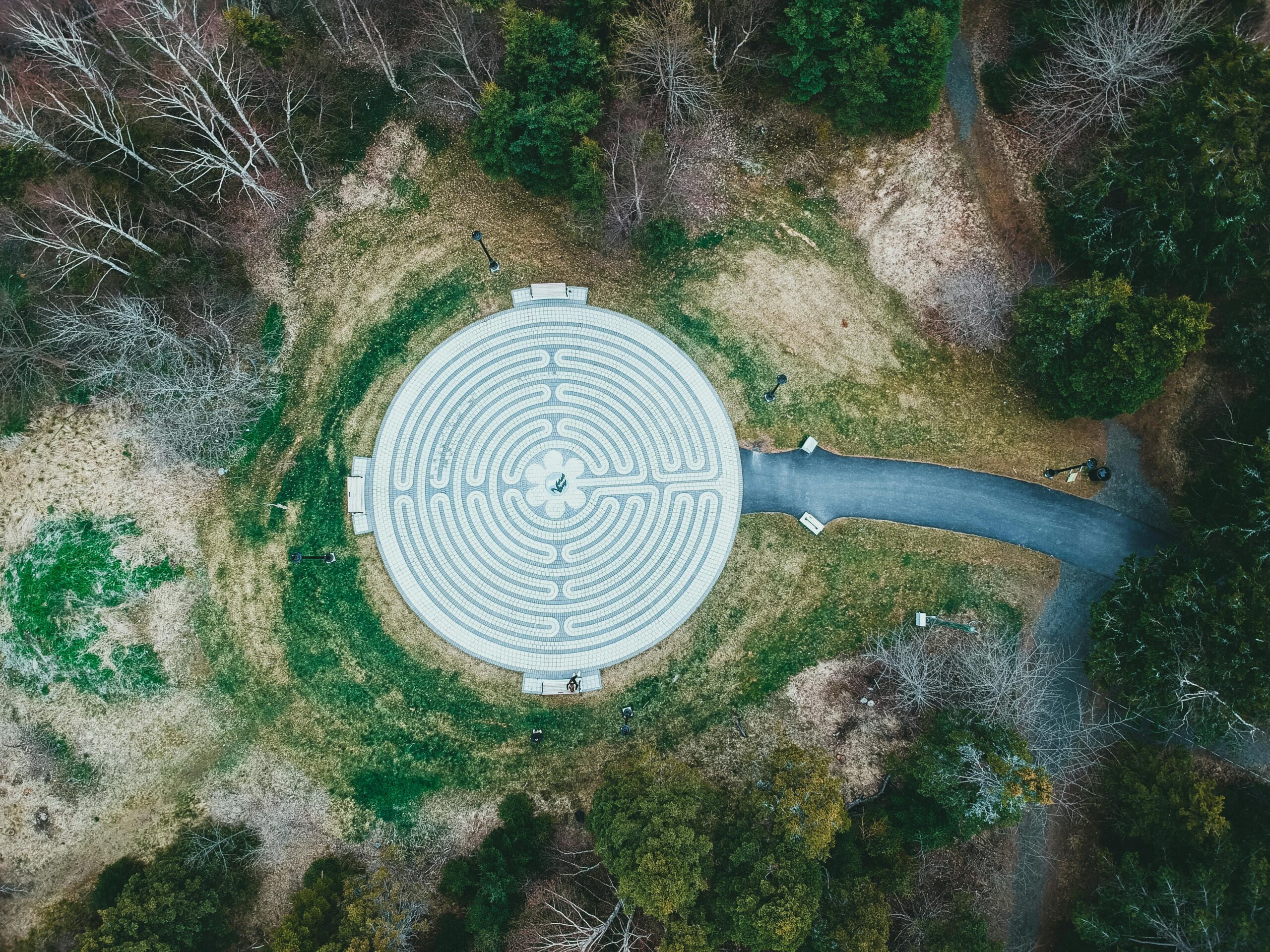Gestalten Garten: Creating Your Dream Garden
Planning Your Garten Design
When it comes to **gestalten garten**, planning is crucial. Consider what type of atmosphere you want to create and how you can incorporate elements like flowers, trees, and paths into your layout. Utilizing a garden planner can help visualize your ideas. Remember to factor in your climate and the natural sunlight available to different areas of the garden. Make a list of your favorite plants and their growing conditions. This preparation phase will make the actual **garten** design much smoother. Don’t forget to measure your space accurately to get a clear overview of what’s possible.
Choosing the Right Plants
Choosing the right plants is key to a successful **gestalten garten**. Begin by understanding your growing zone, as this determines what plants will thrive in your garden. Native plants are a great choice since they’re adapted to the local environment, requiring less maintenance. Additionally, consider the bloom time of plants to ensure your garden has year-round appeal. For instance, vibrant spring flowers can transition into summer blossoms, and late bloomers can provide beauty into the fall months. Mixing perennials and annuals can also help maintain a lively landscape.

Creating Paths and Borders
Paths and borders are essential elements in **gestalten garten**. They provide structure and can guide visitors through the space. Various materials can be used for paths such as gravel, stepping stones, or paved tiles, giving you an opportunity to express your style. When designing paths, ensure they lead to focal points like a seating area or a beautiful plant display. Borders made of low-growing plants or decorative stones can enhance the aesthetics while delineating areas. This helps to create a cohesive look that ties different garden segments together.
Incorporating Hardscape Elements
Hardscaping is an important aspect of **garten** design. These non-plant elements can add functionality and interest to your garden space. Consider adding features like benches, trellises, or pergolas. These structures can create shaded areas and encourage relaxation. Water features, such as ponds or fountains, can introduce a serene sound element while attracting wildlife. Choose materials that blend well with the style of your home and the natural environment, which can significantly enhance the overall appeal of your garden.
Building a Comfortable Outdoor Space
To truly enjoy your **gestalten garten**, incorporate comfortable seating areas. This could be a simple bench surrounded by flowers or a full patio set. Think about how you plan to use the space—whether for family gatherings, quiet reading, or entertaining friends. Adding elements like cushions, outdoor rugs, and lighting can transform your outdoor area into an inviting retreat. Lighting, whether through lanterns or string lights, can create a magical atmosphere for evening use, allowing you to enjoy your garden long after sunset.

Maintenance Tips for Your Garden
Once your **garten** is in place, maintenance will be necessary to keep it looking its best. Regular watering, weeding, and pruning will help ensure your plants flourish. Implementing a simple irrigation system can aid in consistent watering, especially during dry spells. Mulching can retain moisture and suppress weed growth. Additionally, seasonal tasks like dividing overgrown perennials or adding compost will rejuvenate the soil and keep plants healthy. A well-maintained garden not only looks great but also provides a thriving ecosystem.
Eco-Friendly Garten Practices
In today’s climate-conscious world, **gestalten garten** can also mean making eco-friendly choices. Implement practices that reduce waste, conserve water, and promote biodiversity. Consider composting kitchen scraps or yard waste to create nutrient-rich soil. Rain barrels can collect rainwater for irrigation, while native plants often require less water once established. Avoid chemical pesticides by using organic alternatives or introducing beneficial insects such as ladybugs. By doing so, you can create a stunning garden that also supports the environment.
Creating Wildlife-Friendly Spaces
Encouraging wildlife in your **garten** can create a harmonious ecosystem. Planting a variety of flowers can attract bees, butterflies, and birds, enriching your garden’s environment. Nesting boxes for birds and habitats for beneficial insects such as ladybugs can further enhance biodiversity. Avoiding chemicals is crucial, as many pesticides can harm these important creatures. Instead, focus on creating a welcoming environment that supports a thriving population of natural pollinators, contributing to the overall health of your garden.
Seasonal Gardening Activities
Different seasons offer various opportunities for your **gestalten garten**. Spring is great for planting and sowing seeds, while summer often calls for maintenance and watering. Autumn is the perfect time to plant perennials, and you can also prepare your garden for the winter months by mulching and protecting delicate plants. Winter doesn’t have to mean an end to activity; it’s the time for planning and dreaming about your garden’s next blooming season! Keeping a gardening calendar can be helpful in tracking these seasonal tasks.
Key Takeaways
- Planning and choosing suitable plants are essential for a successful **gestalten garten**.
- Incorporate hardscape features for functionality and design appeal.
- Regular maintenance is necessary to keep your garden looking its best.
- Implement eco-friendly practices for a sustainable **garten**.
- Engage with seasonal activities to make the most of your garden year-round.
FAQ
1. What are the best plants for a low-maintenance garden?
For a low-maintenance **gestalten garten**, consider drought-resistant plants such as succulents, sedums, and ornamental grasses. These plants require less water and attention over time, making them perfect for busy gardeners. Additionally, opting for native plants can ensure that the garden thrives with minimal maintenance.
2. How can I attract pollinators to my garden?
To attract pollinators, plant a variety of flowering plants that bloom at different times of the year. Include plants such as lavender, bee balm, and sunflowers. Avoid pesticides that can harm beneficial insects, and consider having a water source available for them. A few strategically placed flowers can create a vibrant ecosystem in your **garten**.
3. What types of hardscaping features can enhance my garden?
Several hardscaping features can enhance your **gestalten garten**, including patios, paths, water features, and retaining walls. These elements provide structure and can create inviting spaces for relaxation and entertainment. Choosing materials that complement your home and landscape can elevate the overall aesthetic of your garden.
4. How can I reduce water usage in my garden?
To reduce water usage in your **garten**, consider installing a drip irrigation system, which delivers water directly to the plants’ roots. Using mulch can help retain soil moisture, and grouping plants with similar water needs can optimize your irrigation efforts. Rain barrels are also a sustainable way to collect and use rainwater for irrigation.
5. What is the best time to plant perennials?
The best time to plant perennials is typically in the spring or early fall. Spring planting allows the plants to establish roots before the summer heat, while fall planting can give them a jump start in the spring. Be sure to break up the soil and prepare the site adequately for successful growth during either season.
